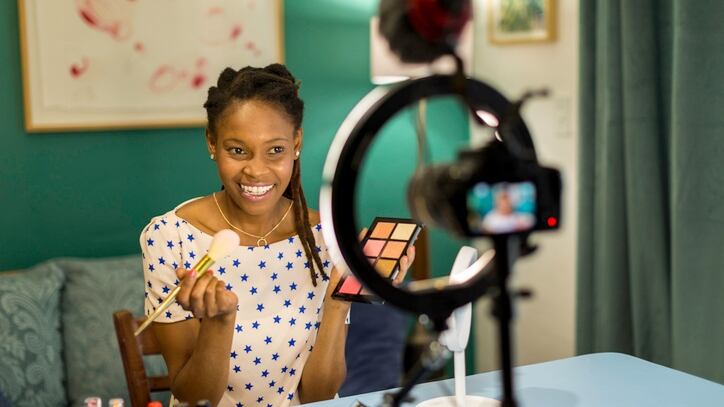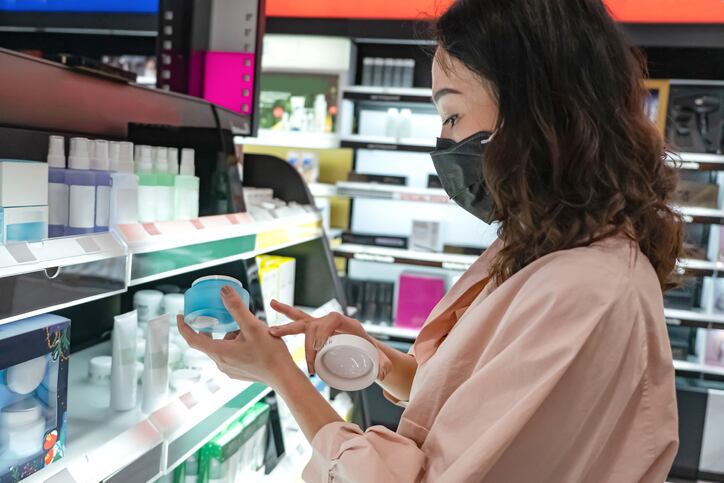The pandemic pushed consumers to turn to DTC shopping, and brands had to lean into technology to make the retail platform work. But as consumers are able to go back into stores, relying on traditional brick-and-mortar retail strategies may not work anymore.
Emily Fontana, head of digital marketing at One Rockwell, said the broad concept of creative commerce can help brands effectively communicate with consumers at multiple touchpoints.
“It really isn't enough to just ‘build it and they will come’ anymore,” Fontana said. “It is about getting creative and speaking with authority, authenticity and trust at every touch point in creative ways that are specific to that customer in that time, in that place, at that moment.”
Integrating technologies
Brands that sell DTC, whether they have multiple retail channels or rely on online sales, have embraced technologies to make the online shopping experience more interactive with AI concierges, quizzes and advanced customer service.
Founder of One Rockwell Shelly Socol said the DTC experience must be as close to the in-person shopping experiences as possible, like through virtual try-on and AI makeup advisors.
Creative commerce stand-out brands
Socol said these three cosmetic brands are standouts in creative commerce:
- Gucci Westman for focusing the brand around expertise and professional experience as a celebrity makeup artist
- Augustinus Bader for building a brand around science and sticking to the messaging with each product
- Supergoop for creating a discussion and message around suncare, as well as creatively engaging younger and older consumers
But because these tools are now common across beauty brands, Fontana said brands can make the experience more personalized. For example, digital beauty advisors can be built to interact with returning customers differently than new ones.
“A huge part of how you continue to move in the right direction and come up with creative solutions is to think about your full-funnel,” Fontana said. “Think about how you talk to people on every single platform, on every single channel and every single touch point, and breaking that down by where they are in the customer journey.”
That targeting of consumers based on their relationship to the brand can extend beyond direct retail environments.
Creative social targeting
While social media algorithms are great at finding key consumers and showing them a brand’s content, Fontana said creative commerce can help find new consumers.
The data which powered surgical social media algorithms are becoming harder to access in the US market. In order to find and communicate with new consumers without that data, Fontana said brands need to pinpoint what barriers consumers have to engage with their brand.
“Historically, you would start very niche with a very targeted audience, and then have very specific creative that would go towards that audience,” Fontana said. “The power of these platforms is being able to show the right content to the right person, and what that really means is going way broader in who your audience is.”
Barriers to reaching new consumers might be the price point, ingredients, necessity, lack of awareness or trust issues, and Fontana said there is a way to speak with each of those customers and help them specifically overcome that barrier.
Targeting consumers who have barriers to purchasing a product can also help brands sidestep competition, like all the other brands in the given space will likely be focusing on the same key customer and ignoring consumers that paid advertisements or traditional algorithms may not find.
Fontana added that part of creative commerce with modern consumers is giving back to the consumer in some way through education, brand mission, community building or something else.




